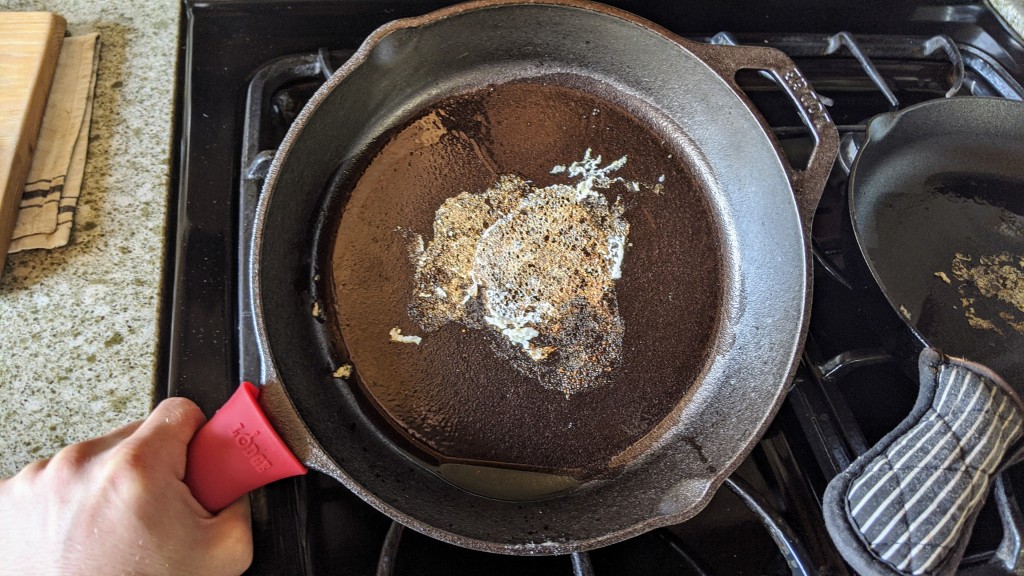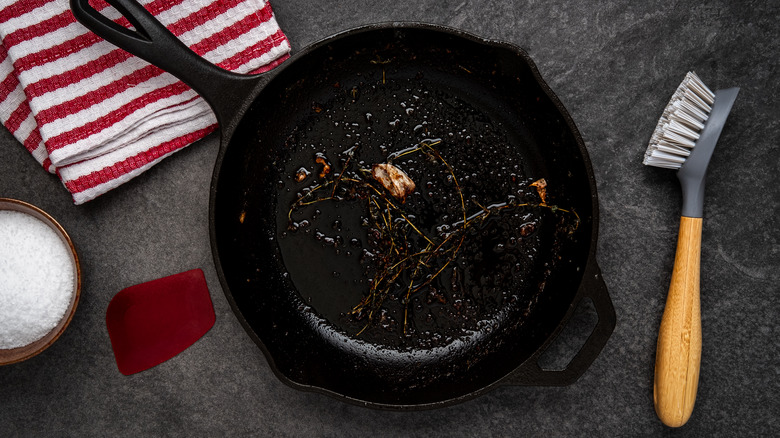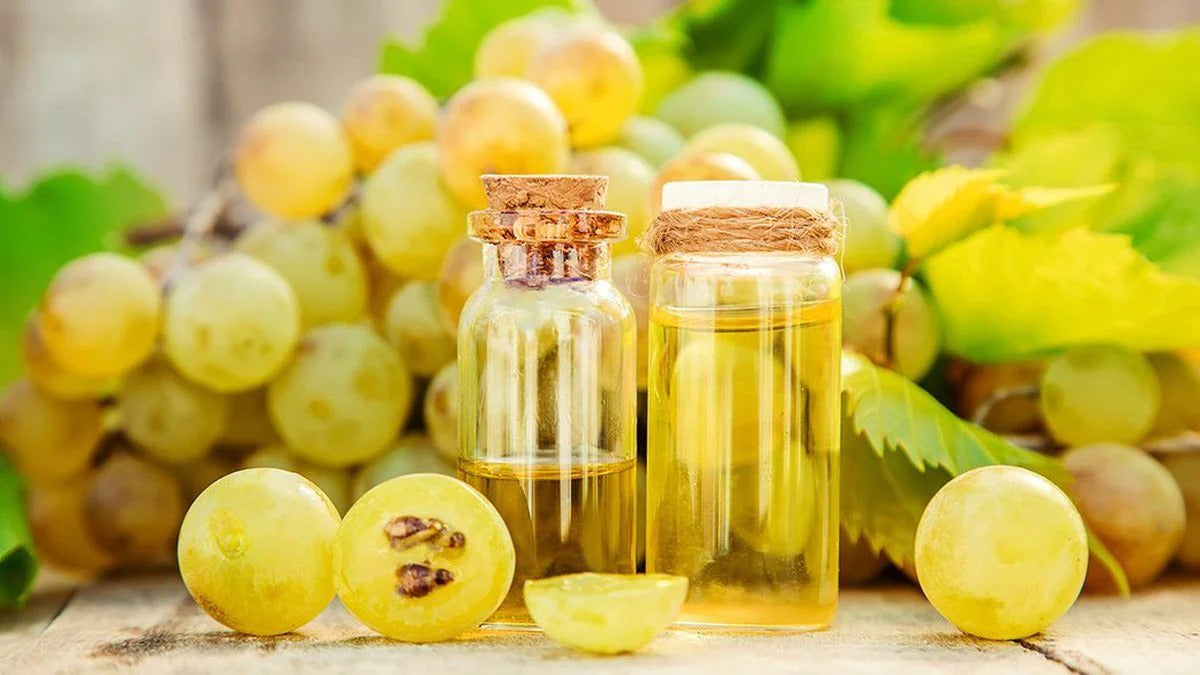Cooking grouper in a cast iron skillet may seem straightforward, but the depth of flavors and techniques involved can elevate it to an art form. This guide focuses on how to cook grouper in cast iron skillet efficiently, making it a favorite in any kitchen professional's repertoire.
Grouper is a fantastic choice of fish, particularly due to its mild flavor and sturdy texture, which makes it ideal for frying, baking, or grilling. A cast iron skillet not only provides excellent heat retention but also adds unique flavors to your seafood.

Understanding Grouper: The Fish
Before diving into the cooking methods, let's explore why grouper is highly sought after. It is a lean and firm fish loaded with protein, making it an excellent option for health-conscious diners. The mild flavor profile of grouper allows it to adapt to various seasonings, enhancing its appeal.
Choosing the Right Cut of Grouper
When preparing to cook grouper, it's essential to select high-quality cuts. Whether you are working with fillets or whole fish, freshness is paramount. Look for a clean smell and moist, translucent flesh, which indicates freshness. Additionally, choose either black grouper or red grouper, both of which are widely appreciated for their taste.
Preparing the Cast Iron Skillet
One of the critical elements in cooking grouper perfectly is the preparation of the cast iron skillet. Follow these steps to ensure the skillet is ready:
- Preheat the skillet: Start by heating your cast iron skillet over medium heat. A properly preheated pan can prevent sticking and ensure an even sear.
- Season the skillet: Add a generous amount of oil, such as canola or olive oil, to coat the bottom of the skillet. Swirl the oil to ensure complete coverage.
- Check the temperature: You can check if the skillet is ready by sprinkling a few drops of water in the pan. If they dance and evaporate, youre good to go.
Cooking Techniques for Grouper
Knowing how to cook grouper in a cast iron skillet involves various techniques. Here, we'll discuss a few popular methods:
Searing the Grouper
Searing is an excellent technique that locks in moisture and flavor. Follow these steps:
- Pat the grouper fillets dry with a paper towel to achieve a good sear.
- Season with salt and pepper or your chosen spices.
- Carefully place the fish in the hot skillet, cooking for about 4-5 minutes on each side, depending on the thickness.
- Look for a golden-brown crust and flakiness to indicate doneness.
Baking the Grouper in Skillet
If you're looking for a healthier alternative, consider baking. Heres how:
- Preheat the oven to 400F (200C).
- Season the fish and place it in the cast iron skillet.
- Drizzle with olive oil or add a pat of butter on top.
- Bake for about 20 minutes or until the fish flakes easily with a fork.
Flavoring Your Grouper
The way you flavor your grouper can significantly affect its taste. Here are some popular options:
- Herbs: Fresh herbs like parsley, dill, or thyme can enhance flavor.
- Citrus: Lemon juice or slices can add zest and balance the richness.
- Marinades: Consider marinating your fish for a couple of hours before cooking.
Tips for Success
To make the most out of your cooking experience, keep these tips in mind:
- Invest in a good quality cast iron skillet. It will serve you well in myriad cooking tasks.
- Practice makes perfect. Experiment with different seasoning and cooking times to find your perfect method.
- Dont overcrowd the skillet. Cooking in batches will ensure even cooking and browning.
Serving Suggestions
Grouper is versatile and can be served in various ways. Complements include:
- Steamed vegetables
- Garlic mashed potatoes
- Simple garden salad
Frequently Asked Questions
What is the best temperature to cook grouper?
The ideal cooking temperature for grouper fillets is between 145F and 150F. You can use a meat thermometer to check for doneness.
Can I use frozen grouper?
Yes, you can use frozen grouper. Just ensure it's completely thawed before cooking for optimal texture.
Is it possible to overcook grouper?
Yes, overcooking grouper will result in a dry and tough texture. Always aim for just cooked, where the fish flakes easily at the touch of a fork.

Related Cast Iron Skillet Recipes
If you're intrigued by cast iron cooking, check out these related articles:
Further Reading
For a deep dive into how to care and utilize your cast iron, you can check this guide.
As an Amazon Associate, I earn from qualifying purchases.






Leave a comment
This site is protected by hCaptcha and the hCaptcha Privacy Policy and Terms of Service apply.